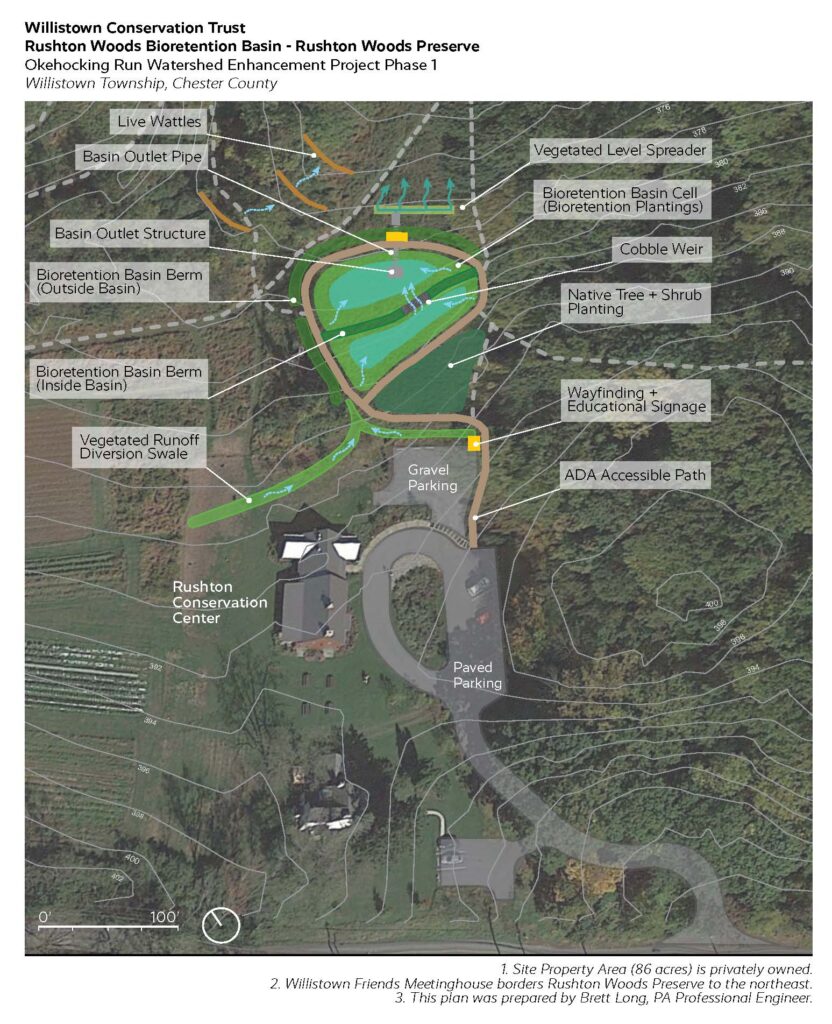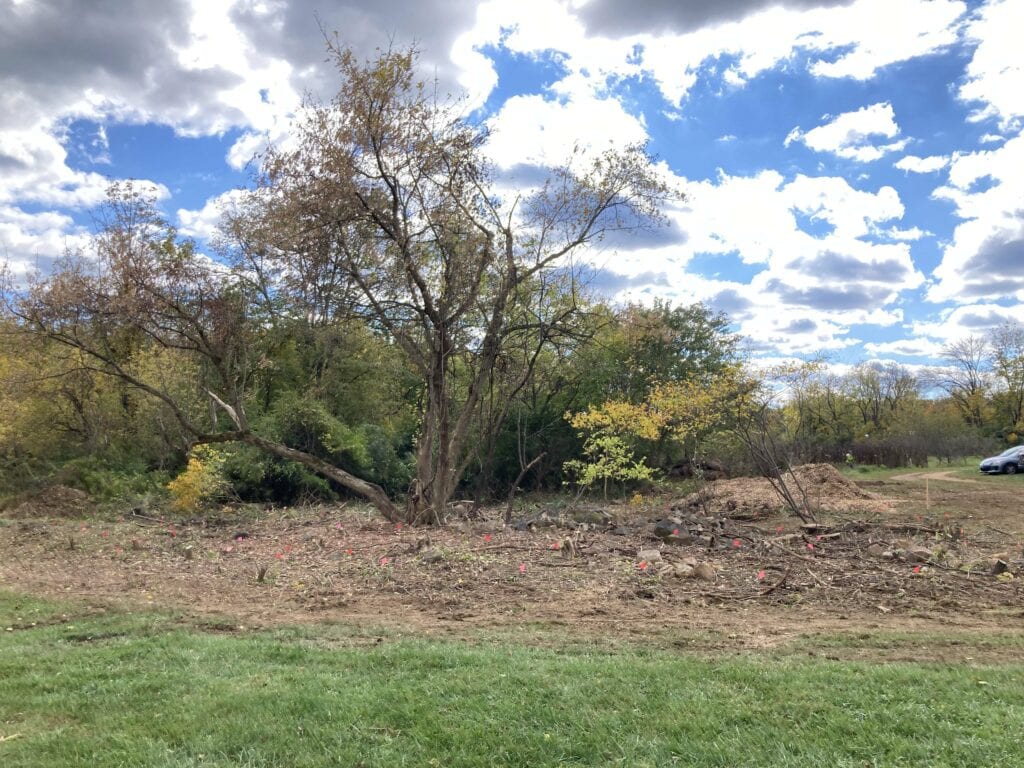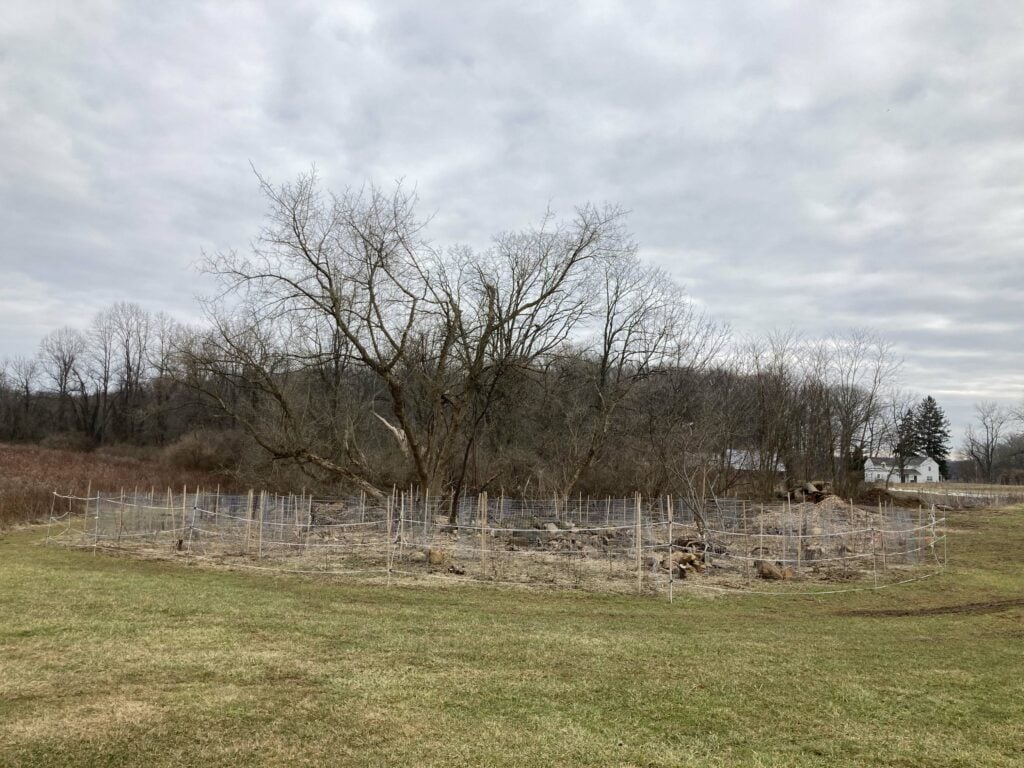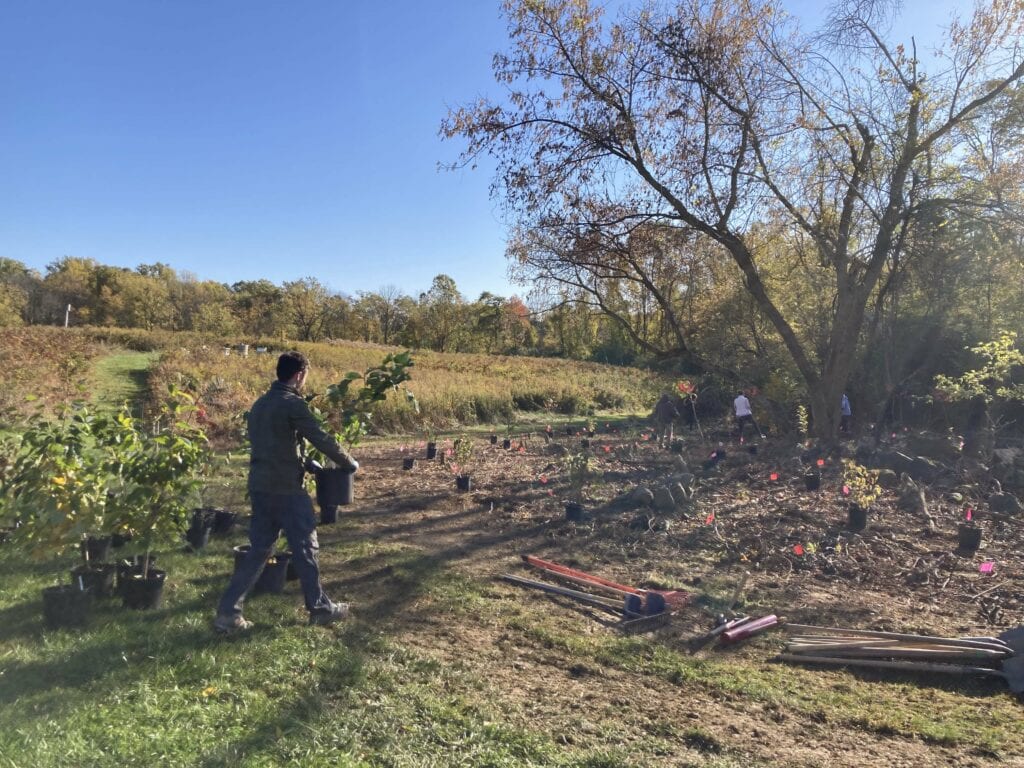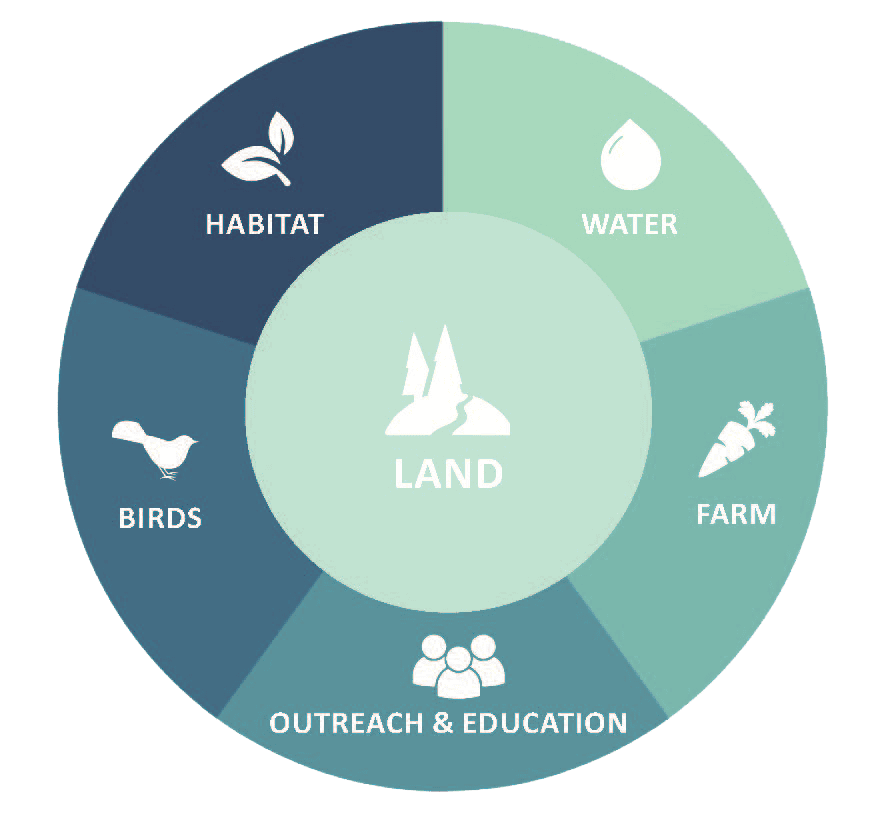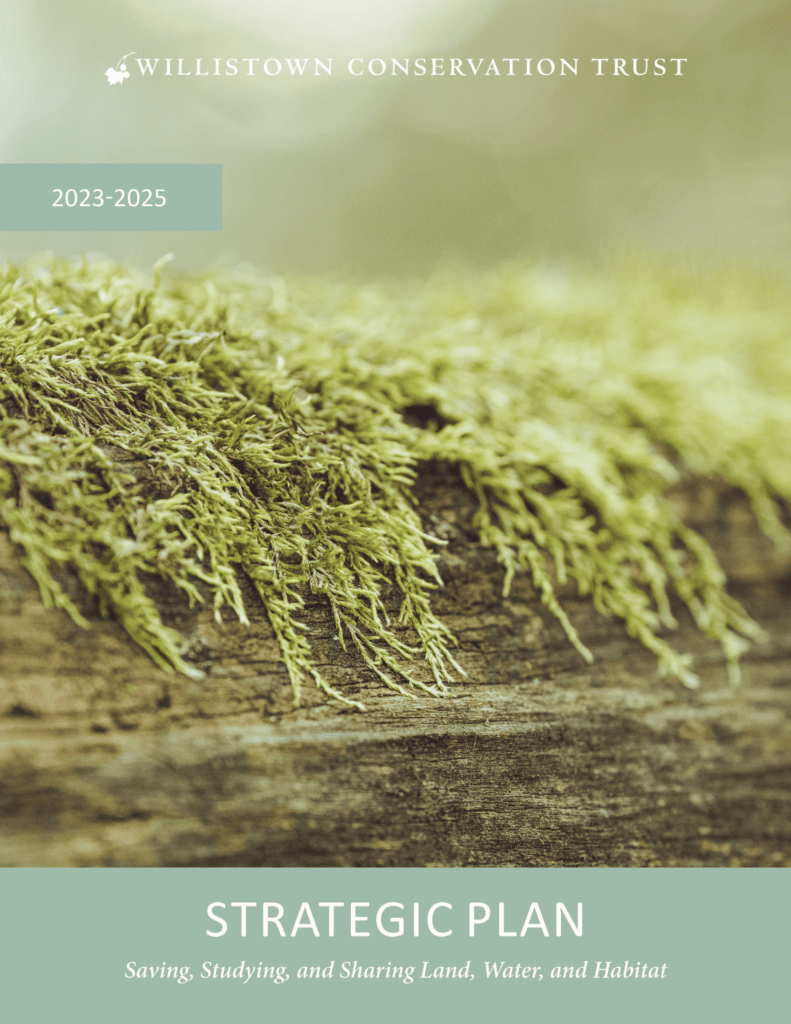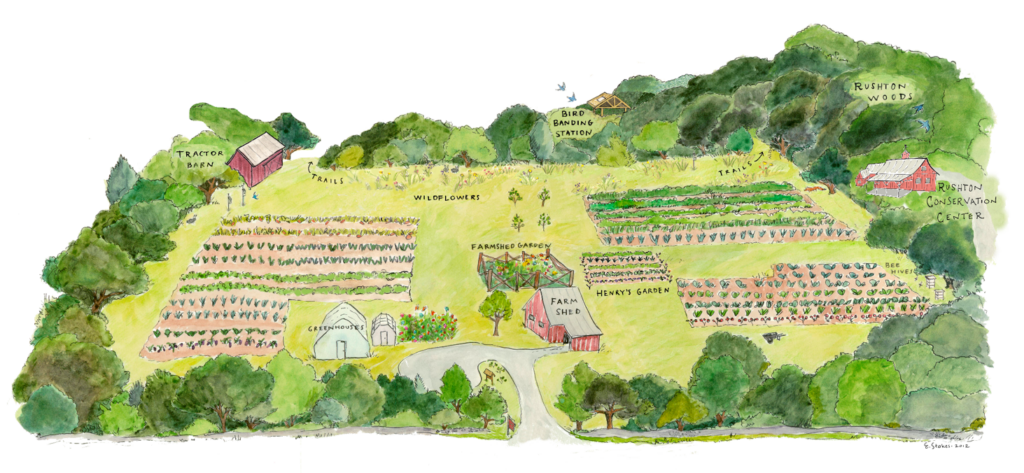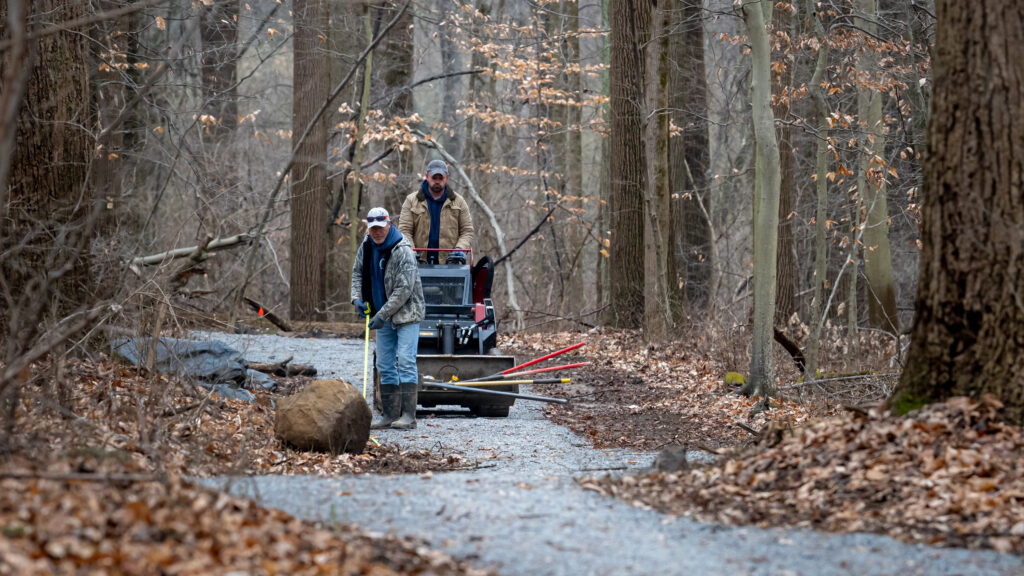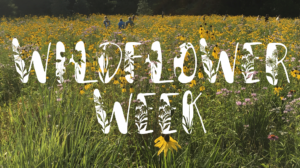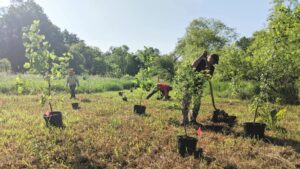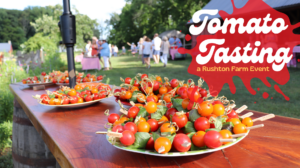By Stewardship Director Andrew Kirkpatrick
Every fall, the Stewardship Team heads out to monitor all of our conservation easements. In the greater Willistown area, we hold 96 easements covering 120 parcels owned by individual landowners. It is an opportunity for us to build relationships with our conservation partners, check in with everyone, and make sure that the terms of the easement are being followed. In recent years, with more properties being purchased by 2nd– and 3rd-generation easement owners, it provides us an opportunity to educate these new landowners about the importance of conservation easements and what it means to “run with the land.”
“WCT’s Stewardship staff helped us gain a complete understanding of the Conservation Easement on our property. They worked with us to make certain that improvements [we were planning] to our property were in compliance with easement while maintaining an environment healthy and beneficial to the land and the wildlife that enjoys it.”
Holly Spinner, owner of Roskamp Farm
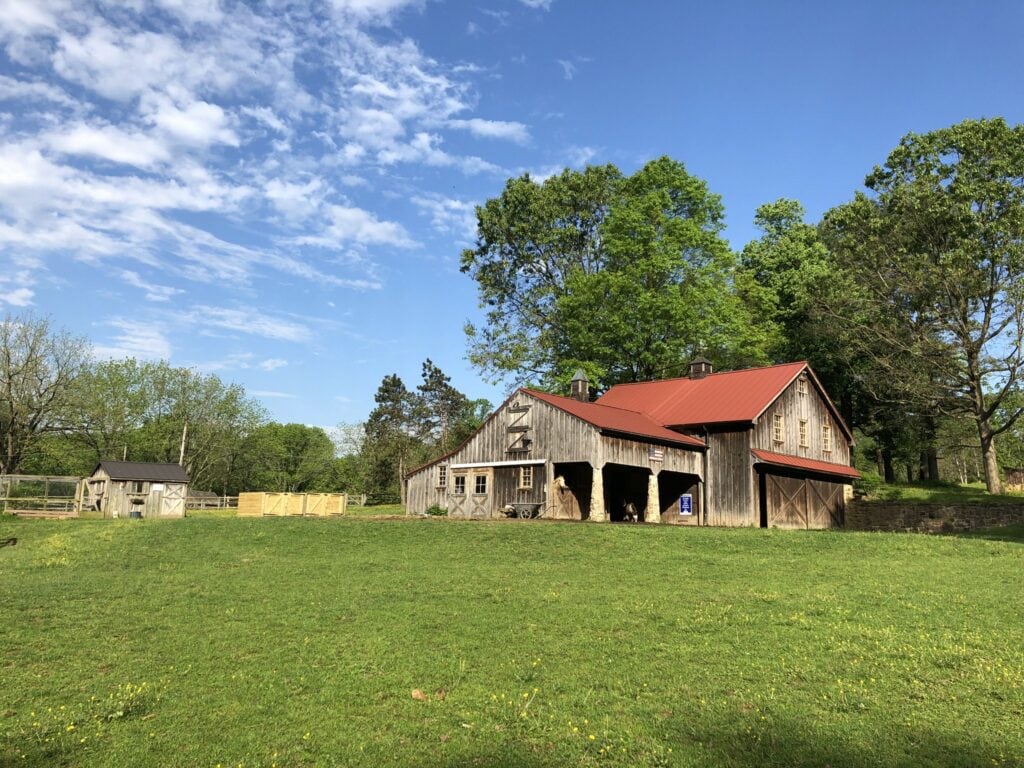
The conservation easement is a legally binding agreement between a landowner who is the grantor, and Willistown Conservation Trust who is the grantee. The grantor gives up certain development rights on their property by limiting the number of house sites, the house size, the amount of impervious surfaces, and adding protections to critical habitats like streams, wetlands, and forests. In some cases, landowners also add in trail easements to ensure that trails that have been used by equestrians in our community are protected in perpetuity.
Early communication is the key for our landowners to comply with the easement. WCT is a partner in protecting the conservation values of the property. We work hard to help our landowners achieve their vision for their property while not compromising the values established by the agreement. Sometimes issues arise that require further attention to resolve. In most cases, we are able to work with the landowner to ameliorate the situation. However, if the matter is more serious, we consider it a violation and require the landowner to remediate the problem in a timely fashion.
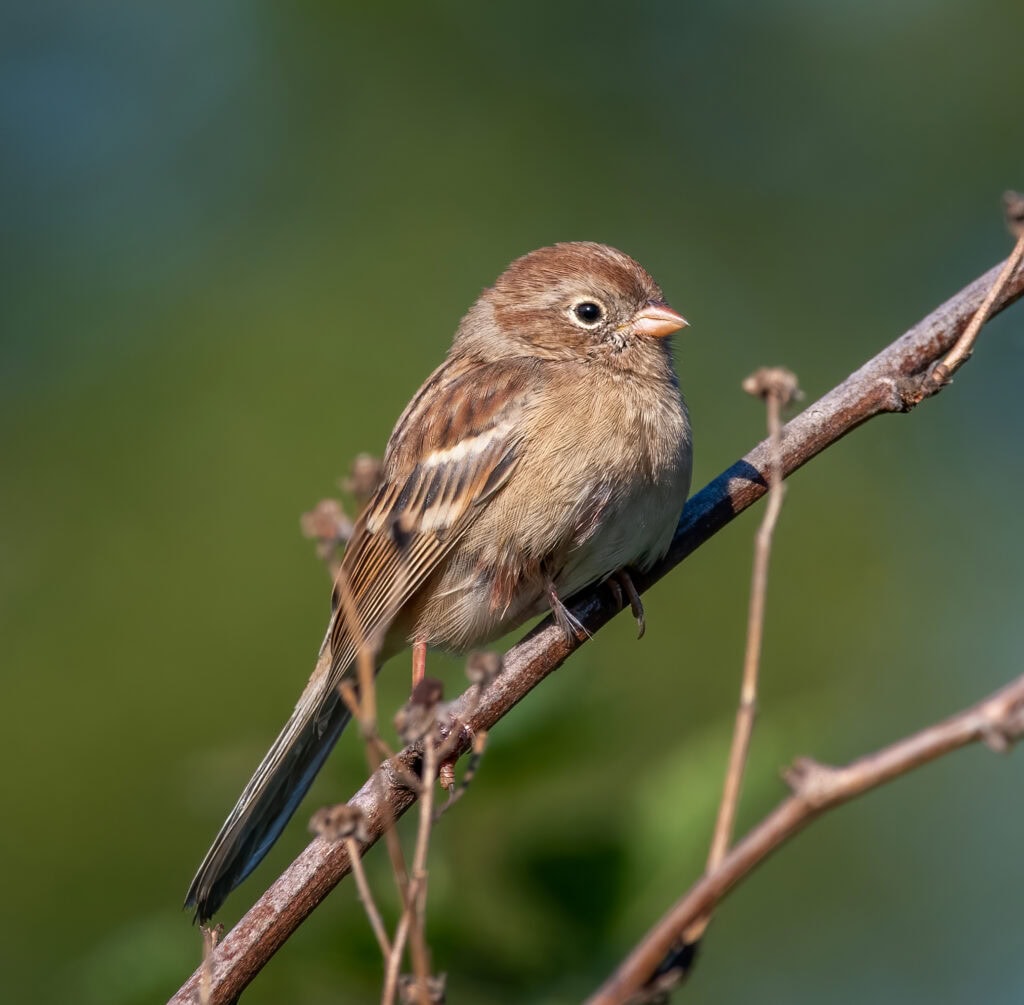
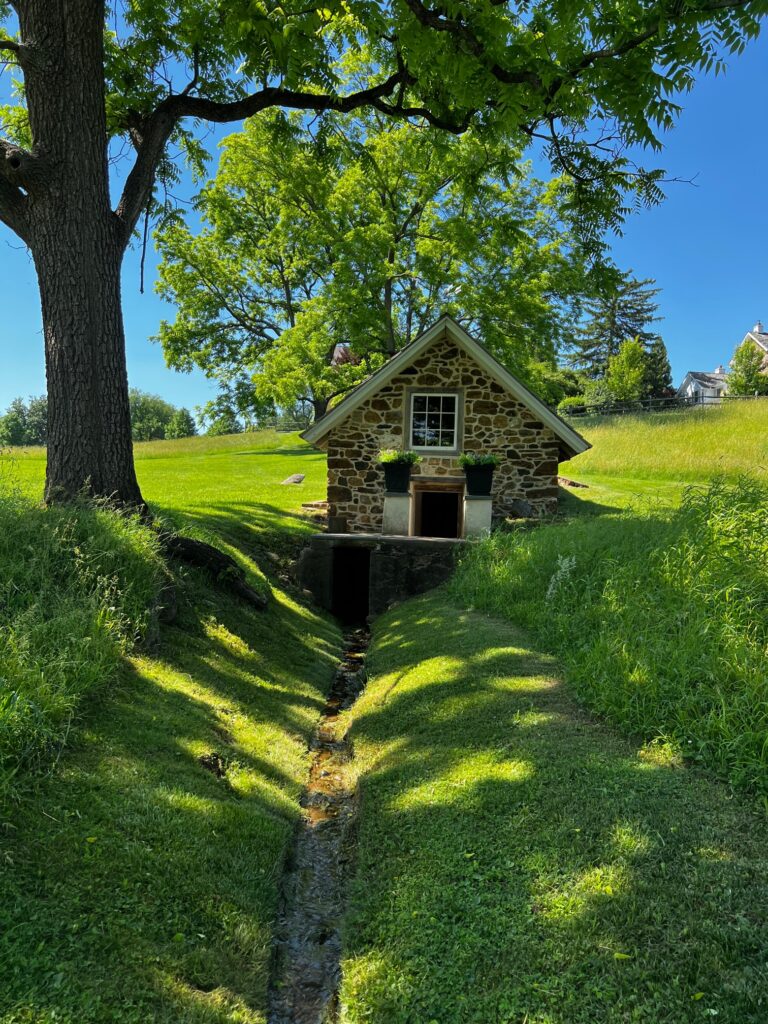
Lucky for us, those instances are rare. Monitoring is one of our favorite times of year because we get to see the properties that have been protected and meet with landowners to answer questions and offer guidance. In the last year, we have formalized this approach with our Habitat at Home program where we visit any member of the community looking for advice to increase the quality of habitat on their property for birds, pollinators, or other wildlife. We work with our Watershed Protection program to coordinate with landowners who are interested in stream health and riparian buffers. Our Bird Conservation program offers expert advice on creating habitat that supports our feathered friends, and they also install bluebird and kestrel boxes. WCT offers these services to support our community in being better stewards of the land that generations have worked so hard to protect.
